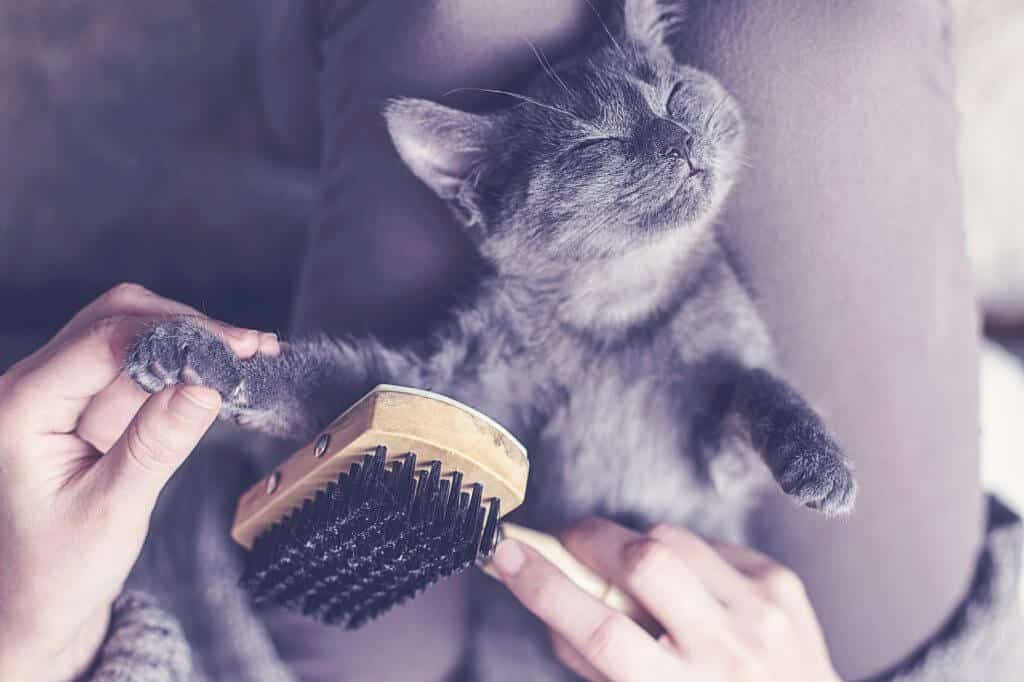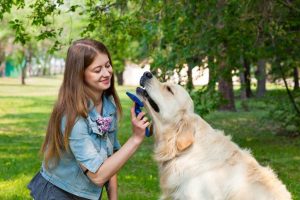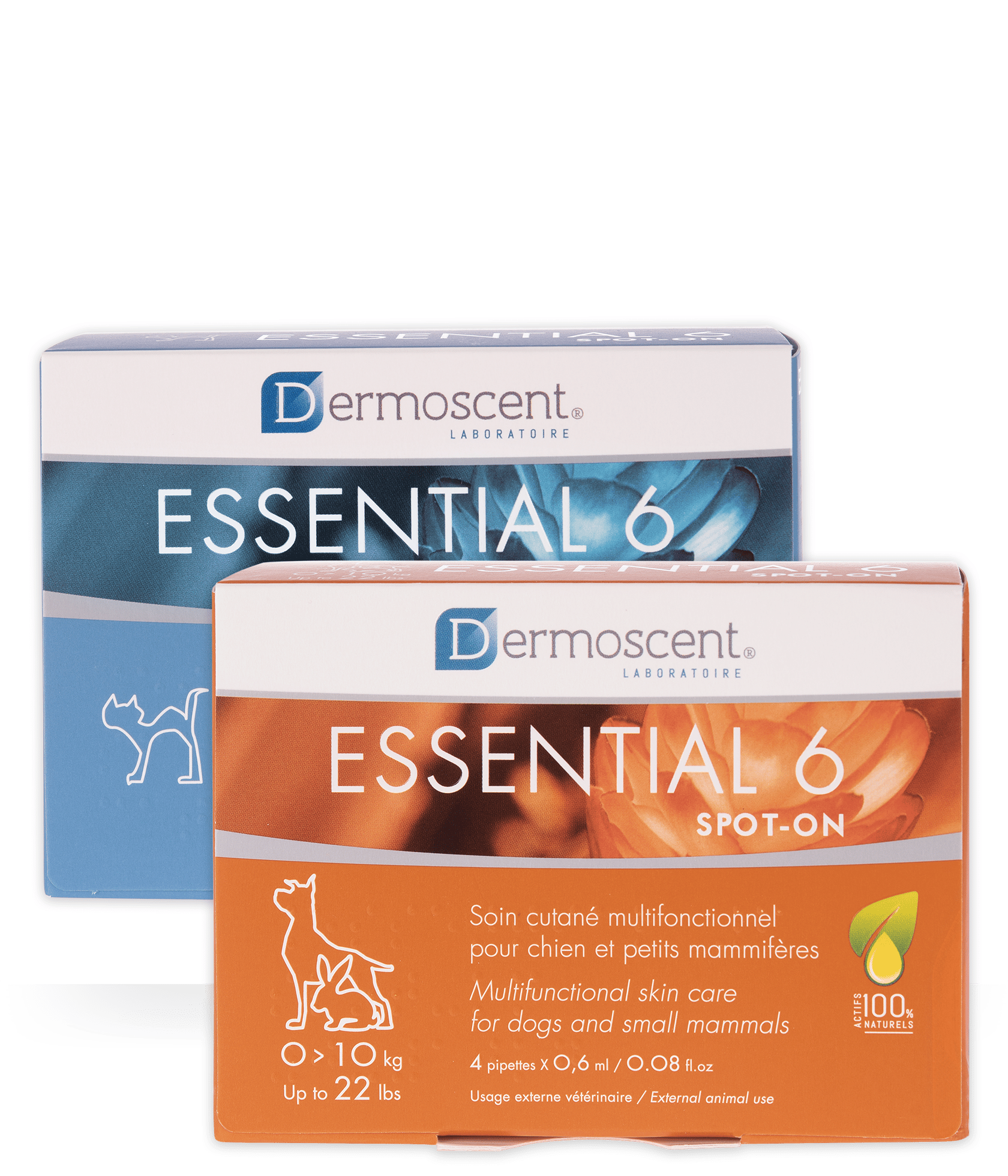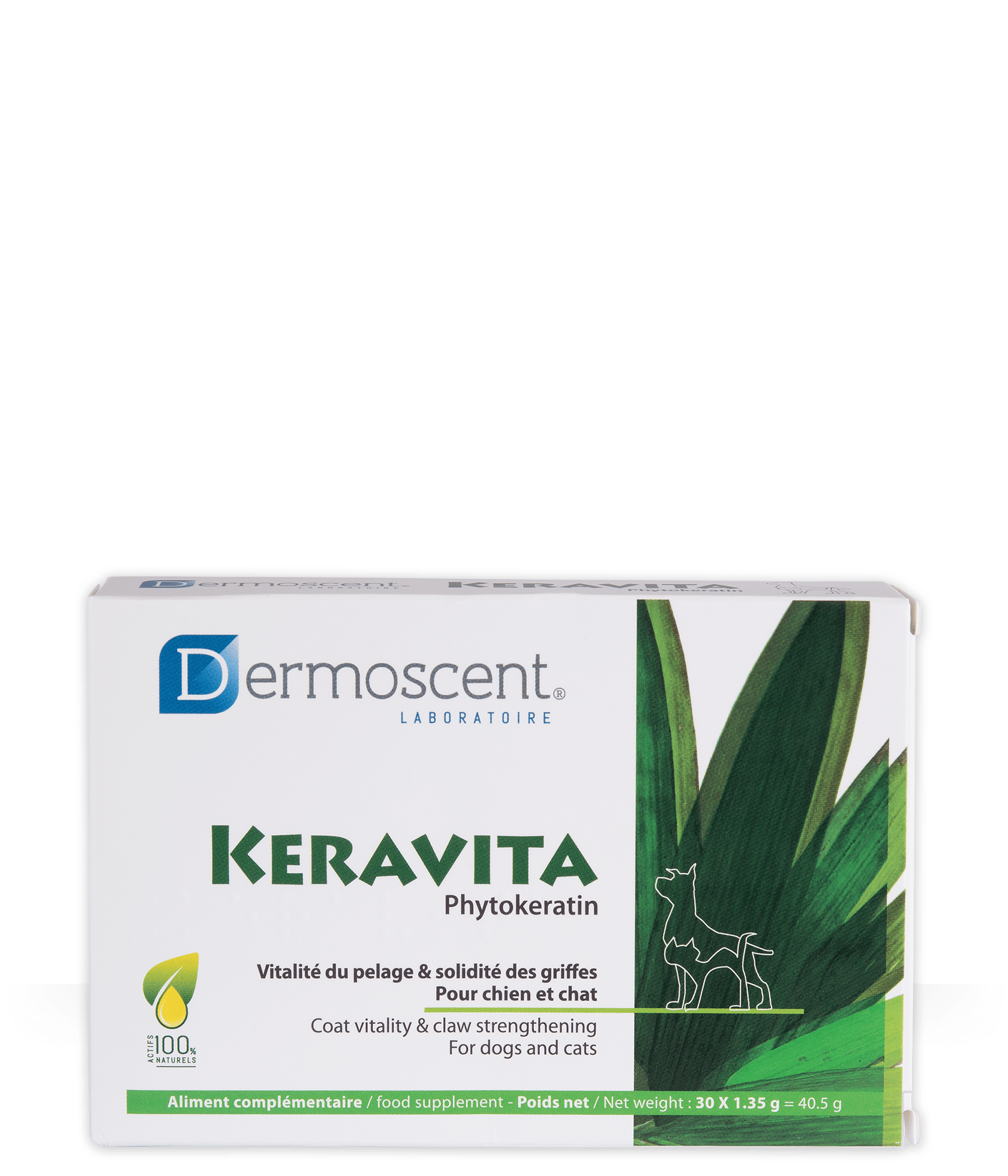How to properly brush your cat or dog?

Keeping your pet’s coat in good condition is not just about aesthetic appearance: it also has a positive effect on his/her general well-being. In fact, the condition of the coat is often an indicator of your pet’s state of health. Regular brushing is essential because it maintains the balance of the skin’s ecosystem.
Additionally, having a pet in your life can sometimes create issues of inconvenience with shedding fur. Nothing is spared: your furniture, your cushions… even your wardrobe. Regular brushing is even more important if someone in the house is allergic to cat or dog hair. By accustoming pets to regular brushing when they are young, grooming can turn out to be a fun activity for both the animal and the owner. Find out our tips on how to brush your pet properly.
The importance of brushing
For cats
Because cats are particularly clean animals, people often underestimate the importance of brushing them. However, cats tend to swallow then vomit dead hair accumulated on the surface of their coats (the well-known “hairball” phenomenon) when cleansing themselves with their tongues. Moreover and although cats are talented with an astonishing flexibility, they are sometimes unable to reach certain parts of their own bodies (due to age, arthritis, etc.).
For dogs
Unlike cats, dogs do not clean themselves on their own. When their fur gets dirty, cleansing and brushing is necessary in order to maintain their skin in good condition and keep their coat looking fine and beautiful.
The benefits for your animal
For these reasons, regular brushing should be made a standard part of your pet’s grooming routine during periods of molt. Brushing stimulates both blood circulation and the secretion of cutaneous sebum. Such mechanical action helps remove dead hair and various types of dirt and particles (weeds, soil, grass seeds, etc.) as well as facilitate the growth of new fur.
The process of a careful and thorough brushing also gives you an opportunity to check on any presence of parasites such as ticks or fleas. Furthermore, it enables you to detect any wounds on the skin.
How frequently brushing is required depends on the breed and its fur type. A long-haired animal or one that is going through a period of molt will need more frequent care and maintenance (once per day) than a short-haired animal (once per week).
How to choose the right brush for your dog or cat?

For short-haired animals (Boxer, Labrador, Doberman, etc.), we recommend first of all using a metal comb with very fine, closely set teeth as this will remove dead hair from both the topcoat and the undercoat. Afterwards, use a soft brush to get the coat smooth and glossy.
With long-haired animals (Collie, Yorkshire, Golden Retriever, etc.), it is advisable to spend some time untangling the coat prior to brushing. To do so, first use a metal comb with widely spaced teeth and work away at the knots delicately using gentle, rapid movements. Then focus on each lock of hair individually, holding them at the base to avoid causing any suffering to the animal. In particularly difficult cases, don’t be afraid to use a pair of blunt-ended scissors to cut the knot. The process of untangling fur can be painful for your animal; a patient approach and gentle movements will help to calm and reassure him/her. If your pet resists being brushed or is frightened by the process, special grooming gloves are available. This is one health and wellbeing device which your pet is absolutely certain to adore!
Good to know: remember to eliminate any knot in the fur before bathing your animal as water tends to tighten them. Do not hesitate to offer a reward or treat to your pet after the brushing. We recommend beginning this ritual from the age of 3 months onwards. Your encouragement and your soft voice will soothe your companion.


